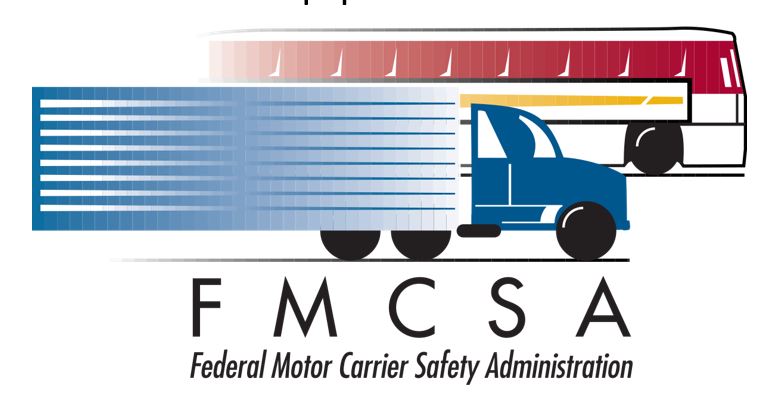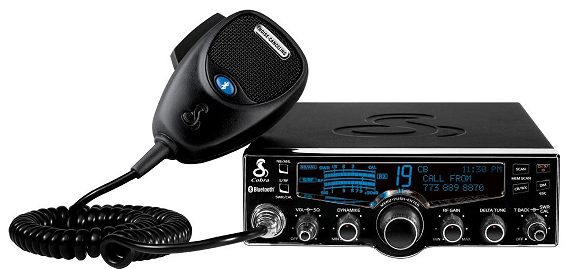Log book auditing is the process of inspecting a driver’s or fleet’s logbooks to check for compliance with the applicable laws. The driver’s daily log is associated with the following laws and regulations:
United States
- FMCSA/ DOT
Canada
This article will outline the method to quickly audit a driver’s logbook, accurately and completely with the help of a spreadsheet. Most fleets utilize electronic logs while others such as Canada-only carriers utilize paper logs. Large fleets will generally have a dedicated logbook auditor while the dispatcher in small-medium fleets is tasked with the job to handle the inspections.
 The NSC regulations mandate that a driver must not drive after 16 hours of elapsed time. Therefore, from the time a shift starts following an off-duty of at least 10 hours and 8 consecutive hours, the driver has up to 16 hours before they must perform a reset. An off-duty period of 10 hours is required for each day. 8 of the 10 hours must be consecutive unless the split sleeper berth exemption applies which will be discussed later. The allowable two non-consecutive hours of off-duty must at least 30 minutes per off-duty period or they do not count towards the total 10 hours off-duty.
The NSC regulations mandate that a driver must not drive after 16 hours of elapsed time. Therefore, from the time a shift starts following an off-duty of at least 10 hours and 8 consecutive hours, the driver has up to 16 hours before they must perform a reset. An off-duty period of 10 hours is required for each day. 8 of the 10 hours must be consecutive unless the split sleeper berth exemption applies which will be discussed later. The allowable two non-consecutive hours of off-duty must at least 30 minutes per off-duty period or they do not count towards the total 10 hours off-duty.
The maximum driving time allowed for each driver is 13 hours in a day. A reset must be performed after being on-duty for 14 hours. The 14 hours is the maximum on-duty time per day. Whichever of the two, 13 or 14-hour mark is reached first, the 8 consecutive off-duty hours must occur before the driver can drive again.
The first step to checking a driver’s daily log is to check the date. The day, month, and year must be listed. Secondly, the driver must have checked which cycle they are working under. There are two cycle types, 70 hours/7 days and 120 hours/14 days. These cycles limit the number of on-duty hours for a driver within the specified period. The cycle is a continuous period. For example, if the driver does not accumulate more than 70 hours on their 7th day, they may carry being on-duty until the next 24-hour day. This regime allows the driver to drop the earliest day in the 7-day period and add a day at the end of the cycle. A driver may continue this routine for up to 14 days until they are required to take at-least 24 hours off-duty. A driver can reset the 70hr/7-day cycle anytime by taking 36 consecutive hours off-duty. The quickest way to check if the driver has enough available on-duty hours for a trip is to add the on-duty hours from the last 6 days in the cycle and subtract that number from 70.
(70) – (Sum of last 6 days) = total available hours on 7th day of cycle.
Daily log checklist
The content that must be recorded in a driver’s daily log is universal in terms of similarity among provincial, state, and federal jurisdictions within North America. Here is a list of required items the driver must include. If they do not include this information they will likely be ticketed for a logbook violation:
- Date
- Start time if different than midnight
- Name of driver and co-driver if applicable
- Truck’s license plate or unit number
- Odometer readings of each truck operated
- Names and addresses of the home terminal and principal place of business of the carrier
- Address of location where each duty change takes place (Remarks)
- At the end of each day, driver must record total hours for each duty status
- Total distance driver by the driver each day excluding personal use of the vehicle
- Signature of daily log attesting to the accuracy of the information
- Driver must keep a copy of the daily logs for the previous 14 days
- Supporting documents or other records the driver received during the trip
- No falsifying, mutilating, or defacing of the daily log or supporting documents.
Carriers are required to note instances of non-compliance with the driver’s daily log requirements. Each instance of non-compliance must be accompanied by a notice and the date of issuance and action taken by the carrier must be recorded.
Attachments
A log book auditing spreadsheet used to keep track of drivers’ hours of service has been linked to in a document file. Also, utilize our notice of logging violations to prepare warnings for drivers that violate HOS rules.



